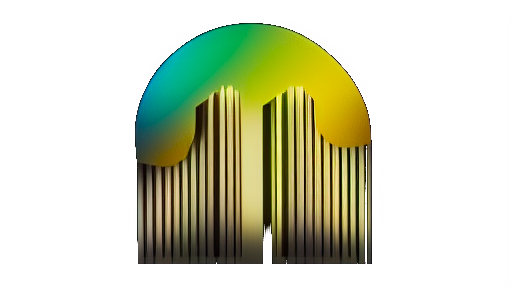Alcúdia, Sant Jaume d'Alcúdia
| Builder | Jose Barceló Runggaldier |
|---|---|
| Year | ca. 1901 |
| Period/Style | Romantic |
| Stops | 27 |
| Keyboards | 2+P |
| Keyaction | tracker/mechanical |
| Tuning | Unknown |
The organ of the *Parròquia de Sant Jaume* in Alcúdia, Mallorca, has a rich history that spans several centuries. The church itself dates back to 1302 and underwent significant reconstruction between 1870 and 1882. The earliest records of an organ in the parish appear in the mid-16th century, with figures such as organ builder Joanot d’Ozona and musician Jaume Caimari playing key roles in its early development. By 1595, a new organ was commissioned, and over the following decades, additional reforms and reconstructions were carried out, including major work by the Caimari brothers in 1678. However, in 1870, the collapse of the church vault destroyed the existing organ.
A new organ project was started under D. Julian Munar and engineer Josep Barceló Runggaldier but remained incomplete until 1901, when rector Alçamora secured its completion. The current instrument was cleaned and prepared by Pere Reynés in the late 1980s. Today, the organ is located on the right lateral portal of the church and remains in good working condition, despite some acoustic and mechanical limitations.
The organ features two manuals of 56 notes and a pedalboard with 12 permanently coupled notes. It includes an Orgue Major with a wide range of principal, flute, reed, and mixture stops, and an Orgue d’Ecos with expressive stops like Celeste, Corn Anglès, Veu Humana, and others. Not all planned stops were installed. The instrument’s mechanical structure includes separate wind chests and expressive divisions. The organ represents a blend of historical and romantic influences and has been played by numerous notable organists over the centuries.
A new organ project was started under D. Julian Munar and engineer Josep Barceló Runggaldier but remained incomplete until 1901, when rector Alçamora secured its completion. The current instrument was cleaned and prepared by Pere Reynés in the late 1980s. Today, the organ is located on the right lateral portal of the church and remains in good working condition, despite some acoustic and mechanical limitations.
The organ features two manuals of 56 notes and a pedalboard with 12 permanently coupled notes. It includes an Orgue Major with a wide range of principal, flute, reed, and mixture stops, and an Orgue d’Ecos with expressive stops like Celeste, Corn Anglès, Veu Humana, and others. Not all planned stops were installed. The instrument’s mechanical structure includes separate wind chests and expressive divisions. The organ represents a blend of historical and romantic influences and has been played by numerous notable organists over the centuries.
| Orgue Major | Orgue d'Ecos (Right hand / Left hand) | Pedal (alway coupled to Orgue Major) |
|---|---|---|
| Bordó 16' | Flautat / Flautat | Contres obertes 8'+16' |
| Bordó 8' | Violó / Violó | |
| Flautat 8' | Celeste / Celeste | |
| Flauta 8' | Octava / Octava | |
| Octava 4' | Nasard / Nasard | |
| Octavelló 4' | Corn Anglès / Corn Anglès | |
| Superoctava 2' | Trompa Reial / Trompa Reial | |
| Cromorn | Fagot / Oboè | |
| Plè | Veu humana / - | |
| Corneta | Octaví / - | |
| Trompeta Magna | Trèmol / - | |
| Clarí | ||
| Xirimia Alta | ||
| Nans | ||
| Aubada |
No Video/Audio samples available.
https://ca.wikipedia.org/wiki/Orgue_de_la_Parr%C3%B2quia_de_Sant_Jaume_d%27Alc%C3%BAdia
 Pipe Organ Map
Pipe Organ Map